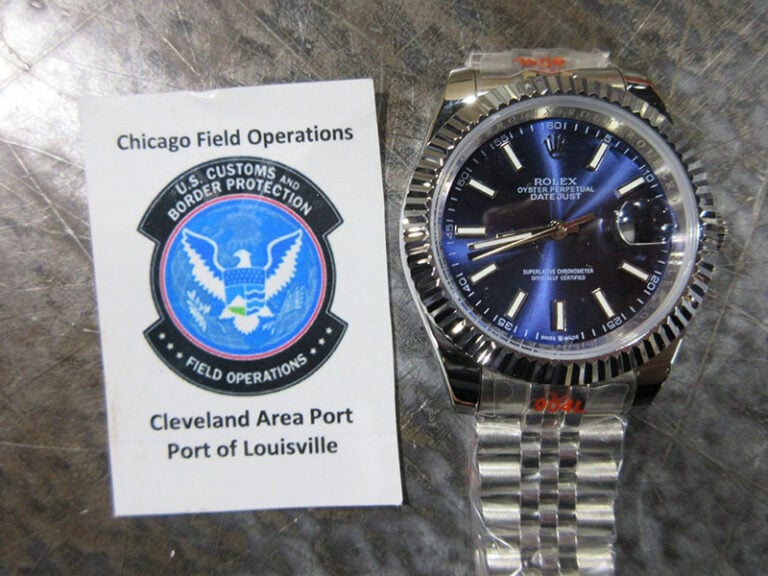
Summer is the beginning of some of the best catfishing of the year.
Catfish can be predictably patterned and are actively feeding. Their daily movements are often keyed to the weather, generally moving deeper as temperatures increase throughout the season.
In lakes, tailwaters below dams and rivers they can be found on or near a variety of cover types including humps, ditches, rock piles, holes, channels, and the flats adjacent to creek and river channels.
Catfish species
The native catfish species in Kentucky have different food preferences that affect how to fish for them most productively.
Here are some details:
• The Channel Catfish (Ictalurus punctatus) is by far the most widely distributed catfish species in Kentucky.
They are tolerant of turbidity and can live in warm water.
Channel catfish are found in all the state’s river drainages and significant populations are present in most major reservoirs and many small lakes. Populations in public waters are sustained by natural reproduction and annual or periodic stockings.
Channel catfish can be caught on numerous baits, including cut bait (including the viscera and gills of Gizzard Shad and Skipjack Herring), small live shad, shiners, creek chubs, chicken livers, dough (blood scent) baits, crayfish, nightcrawlers and catalpa worms.
Channel catfish cruise the bottom looking for food, so baits should be fished right on the bottom.
Night fishing is popular and productive during the summer months. Fish shallow flats adjacent to creek channels.
• The Flathead Catfish (Pylodictis olivaris) is more common than Blue Catfish, but less abundant than Channel Catfish.
Flathead catfish can grow to enormous size. Fish ranging from 15 inches to 50 inches, weighing up to 60 pounds, are common. They can live for 20 years.
Flathead catfish are most abundant in the Ohio River, and its major tributaries.
They thrive in large impoundments. Twelve major reservoirs have fisheries rated good or excellent, including Barren River Lake, Buckhorn Lake, Carr Creek Lake, Cave Run Lake, Dewey Lake, Fishtrap Lake, Grayson Lake, Guist Creek Lake, Nolin River Lake, Rough River Lake, Taylorsville Lake, and Yatesville Lake.
Populations are sustained by natural reproduction.
They have a fish orientated diet. While young live in shallow water and feed primarily on aquatic insects, adults are piscivorous, eating only live fish. They do not scavenge.
Adults are solitary and inhabit deep channels, deadfalls, brush piles, boulders, and undercut banks. In lakes during the summer they often move into tributaries, shallow flats off the old river channel or at the head of embayments, to feed at night.
• The Blue Catfish (Ictalurus furcatus) is Kentucky’s largest catfish.
The Kentucky state record weighed an astounding 106.9 pounds and was caught from the Ohio River in 2018.
This catfish thrives in current, and is native to the lower Ohio and Mississippi Rivers and their major river tributaries, including the Tennessee, Cumberland, and Green.
Common in Kentucky Lake and Lake Barkley, the blue catfish has been stocked in recent years into five major reservoirs — Carr Creek Lake, Taylorsville Lake, Barren River Lake, Dewey Lake, and Fishtrap Lake, and several small lakes.
Blue catfish consume crayfish, freshwater mussels and fish, both alive and fresh killed, with a preference for gizzard shad.
During the summer fish deep channels or holes.
Catfish tackle
Both spinning and casting tackle are used for catfishing.
A 7 1/2-foot medium-action rod is preferred for all but the largest catfish.
When fishing with a casting reel and rod, some anglers use braided line for the main line and monofilament line for the hook and weight leaders.
The hook of choice for catfishing is the circle hook, which ensures more consistent hookups. When the angler feels the catfish on the line, simply raise the rod tip and start reeling.
To catch blue or flathead catfish live fish — shad, skipjack herring, or shiners — must be used. Some anglers add a crane swivel on the leader to the hook because it gives the bait more action and eliminates line twist. When the bait is twisting and turning in the current it looks like the bait is dying.

The bottom fishing rig of choice is the slip sinker rig. Tie a circle hook on an 18-inch leader. On the other end of the leader, tie the line to a barrel swivel.
On the line from the rod and reel, thread a 3/4-ounce barrel sinker and a glass or plastic bead, then tie the line to the other end of the barrel swivel. The bead will prevent the weight from damaging the knot.
The lead weight will take the bait to the bottom, but when the catfish picks up the bait and runs with it, he won’t feel any resistance since the line will slip through the weight.
For a vertical presentation, the rig of choice is the bottom bouncing rig, which is tied using a three-way swivel.
The line from the reel is tied to one eyelet, with the weight on a 12 to 18-inch leader on the bottom. A tear drop weight with a brass eyelet is a popular choice. A circle hook is tied on a 12-inch leader to the side.
When drifting for catfish on broad flats, use a modified bottom bouncing rig.
Use a bell sinker for the weight on the bottom of the rig, tied to the three-way swivel on a 30 to 36-inch leader.
Typically, the hook leader is about 20 to 24 inches long. Foam floats are sometime added to the hook leader to keep the bait up in the water column.
Most anglers use lighter line on the sinker leader, to prevent loosing the whole rig when snags occur.
Fishing strategies
In large reservoirs during the summer catfish will be up on top of the ledge in the early mornings, in 25 feet of water, but by midday they begin to move down into the old river channel, in water as deep as 65 feet.
In the late afternoon, catfish will move back up on top of the break, where the old river bank once was and tree stumps and other cover is still in place.
The strategy is to find and mark as many stretches of water as possible where depth and cover hold catfish, then use electronics to re-trace the high percentage spots.

If drift fishing, set the trolling motor at a speed where the line is at about a 45-degree angle behind the boat, to aid in feeling the bottom contour, and avoiding snags. Raise and lower the bait very slowly. That’s when most strikes occur.
In rivers, and tailwaters, catfish are close to the bottom, and facing into the current.
Rock piles, deep rip-rap lined banks, channels and eddies behind bridge abutments and fishing piers, often hold catfish in the swift water below dams.
In large rivers, where the channel may be less defined due to silting, the prime catfish-holding cover is often holes, logs or root wads sticking up from the bottom. Also fish deep outside channel bends, or runs below holes, where the bottom is uneven and there are often V-shaped current seams on the surface.
The two to eight-pound catfish will be shallow, but the bigger fish will always be deep. Holes are often found where the river is constricted into a narrow chute, or the current gouges out big bends.
River anglers should also fish around the deep side of sandbars. At night, catfish like to cruise the tops of sandbars, especially where they come up shallow to the banks.
Summer is prime time for catfish. Develop a game plan, fish hard, and you will be rewarded with a good catch.























